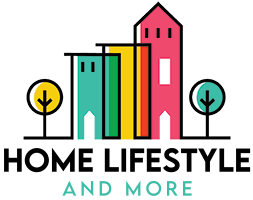Bees need nectar to survive, and many types of flowers provide this vital resource. Bees can gather their food. However, it is difficult for them to travel very far from where they live. They will fly further if there are a lot of flowers nearby because it makes finding pollen easier for them. Flower beds with various flowering plants tend to attract more bees than those with just one type of flower. All bees have their preferred foods and will visit some plants more frequently than others. If you want an attractive garden that has several types of bee-friendly plants, consider growing:
Catmint, or catnip
Nepeta x faassenii ‘Six Hills Giant (Nepeta racemosa) is the best choice for attracting bees to your garden. It will give them a real buzz with all that nectar! As a bonus, it’s also good for attracting butterflies and hummingbirds. Other plants that are known to attract lots of bees include:
Many flowers that provide shade in the summertime are popular with bumblebees, especially in warmer climates. Honeysuckle (Lonicera spp.), toadflax (Linaria spp.), and bee balm are just some of the plants that bumblebees love. If you’re looking for shade to create a more comfortable place for bees, consider planting:
Salvia nemerosa ‘Caradonna’
This attractive upright shrub with grayish leaves contains small flowers throughout summer. It provides lots of nectar and bee-friendly foliage, making it an excellent choice for creating a shaded area near your garden. Goldenrods like Solidago canadensis – also known as Canada goldenrod – will attract many types of bees into your yard, especially in late summer to early autumn when other plants’ petals have fallen off. Rods provide pollen and shelter for bees and other pollinators. As a bonus, they’re deer resistant!
Many of the most attractive flowers to bees are native to North America, making them the world’s best example of working with nature. Native wildflowers provide nectar for bees and produce seeds that feed their populations all year long. They will happily adapt to local conditions in your garden, returning year after year with minimal care from you. A list of bee-friendly native plants can be found on the University of Illinois Extension website:
You may also want to consider planting the following:
- Zinnia Angustifolia
- Sunflower Lobelia
- Black-eyed Susan
- Frostweed Echinacea purpurea ‘White Swan’
- English lavender
- Angustifolia
- Lavender Vervain
- Anise hyssop
- Coneflower
- Bee Balm
You may be surprised to learn that the plants you choose to put in your flowerbeds have a significant impact on how many bees visit them. It is important to grow a variety of different types of vegetation so as not to limit the food supply for these insects. Ensure that some of what you plant is native or bee-friendly and ideally provides shade from hot summer days by planting understory trees. This will encourage a healthy population of pollinators all year round, meaning more flowers for both bees and humans!
